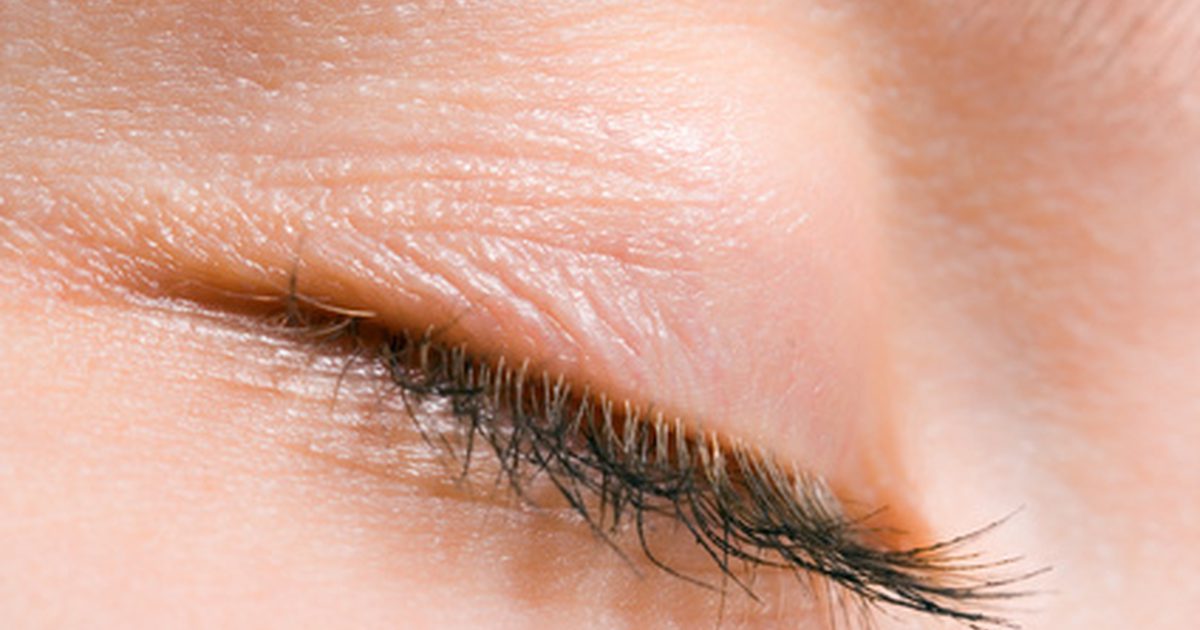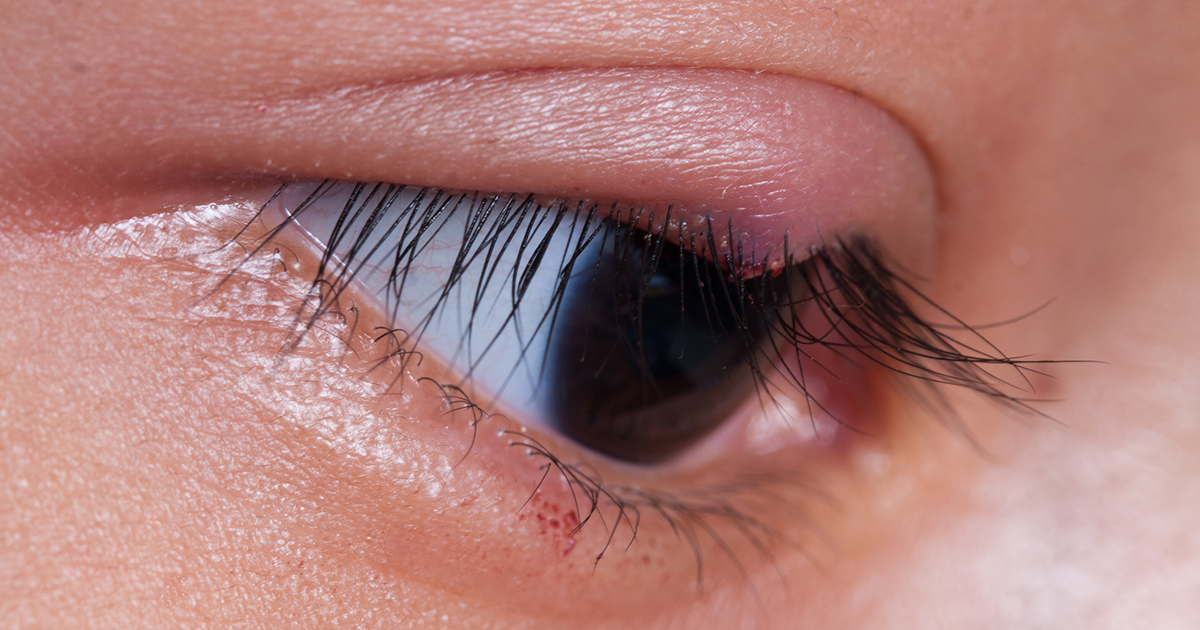Symptoms Of Blepharitis
Eyelash Problems

As we have already explained, blepharitis affects the eyelashes and the area around them. Therefore, it is not surprising it can cause some problems with the eyelashes themselves. Worse, blepharitis can cause eyelashes to grow improperly and become a hindrance rather than a help. Crusted eyelashes are also more likely to fall out.
This is referring to a condition called trichiasis, the technical term for a condition in which the eyelashes grow inward. Usually, the function of the eyelashes are to help keep debris and dirt out of the eye, but when the eyelashes grow inward, they are a constant irritation. As you rub and pick at your eyes, screaming at the sky because you can't even go about your day, eyelashes will tend to come loose and be lodged in the eye socket, creating even more irritation.
Continue to reveal other symptoms of blepharitis now.
Other Symptoms

Aside from the most common symptoms, there are some less-frequent but more-serious symptoms that can result from blepharitis. One of those symptoms is the development of a sty or chalazion. When the Meibomian glands become clogged with skin debris or anything else, a bacterial infection can result. When the clog becomes infected, it will get larger and larger until removed. This will result in the formation of a sty (outside the eye) or a chalazion (inside the eye).
If you happen to spend a lot of time in or near the ocean, you are at a higher risk for blepharitis. This is because the ocean is full of salt, and salt can clog small pore openings such as those around the eye. One frequent result of this is a condition called Pterygium aka 'surfer's eye.' It manifests as a pink, fleshy growth on the side of the eye that begins as an irritation but ends up as a serious risk.
Perhaps the most serious risk associated with blepharitis is that of corneal infection. If this problem is left untreated for too long, it can develop into a severe ulcer of the eye. At this point, you now have a serious risk of permanent injury rather than a mere irritation. A corneal ulcer can leave scars on the cornea that never fully heal, scarring your vision permanently. Have you ever walked around all day with dirty glasses? The effect would be similar. As the ulcer grows, it will displace the useful tissue that is already there, and you can eventually go blind in one or both eyes.
Briefly get to know potential treatments for blepharitis next.
